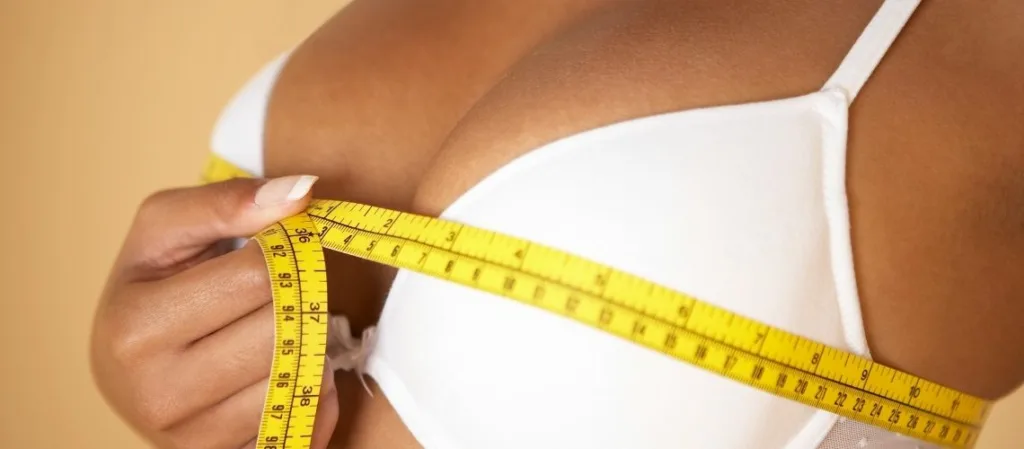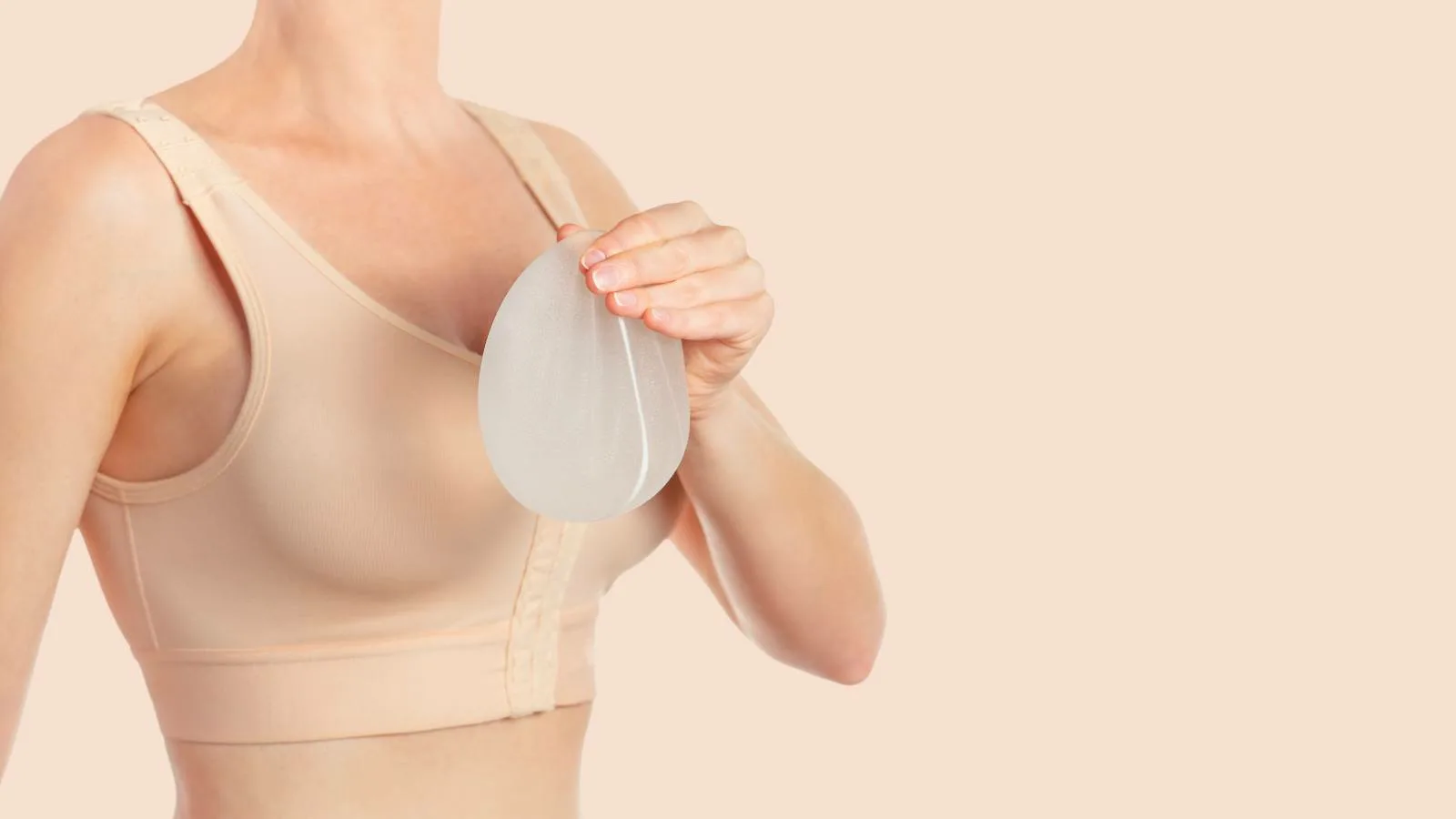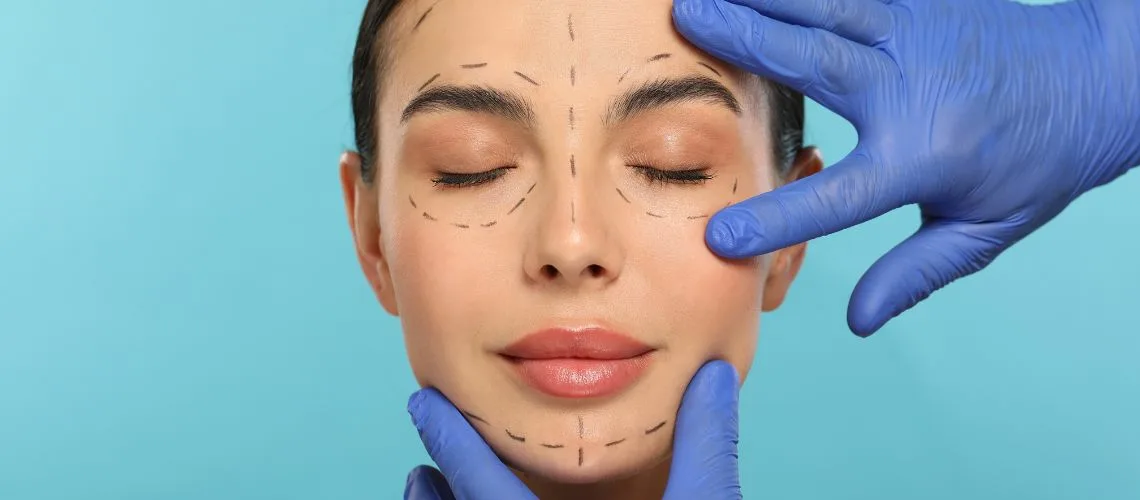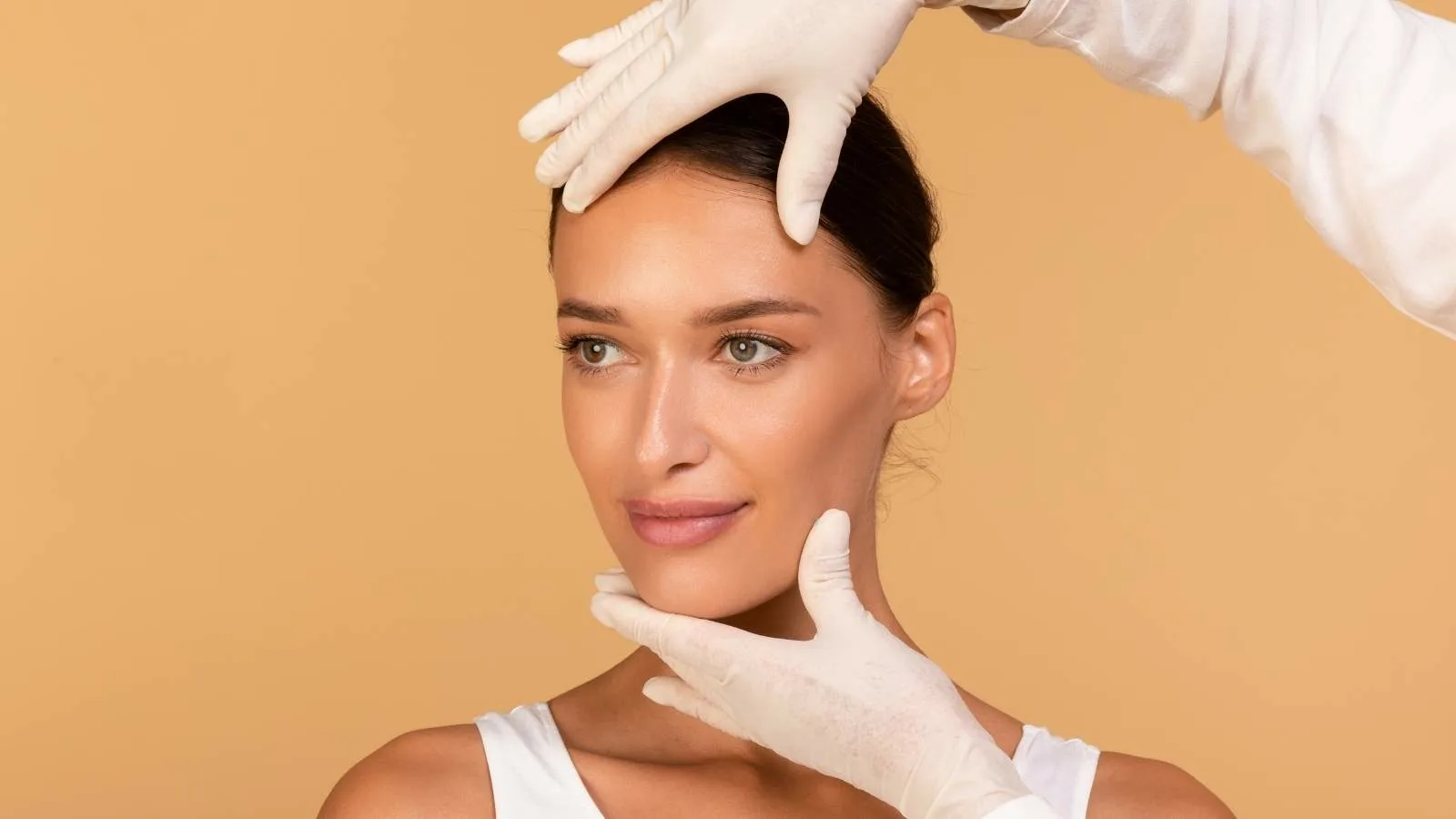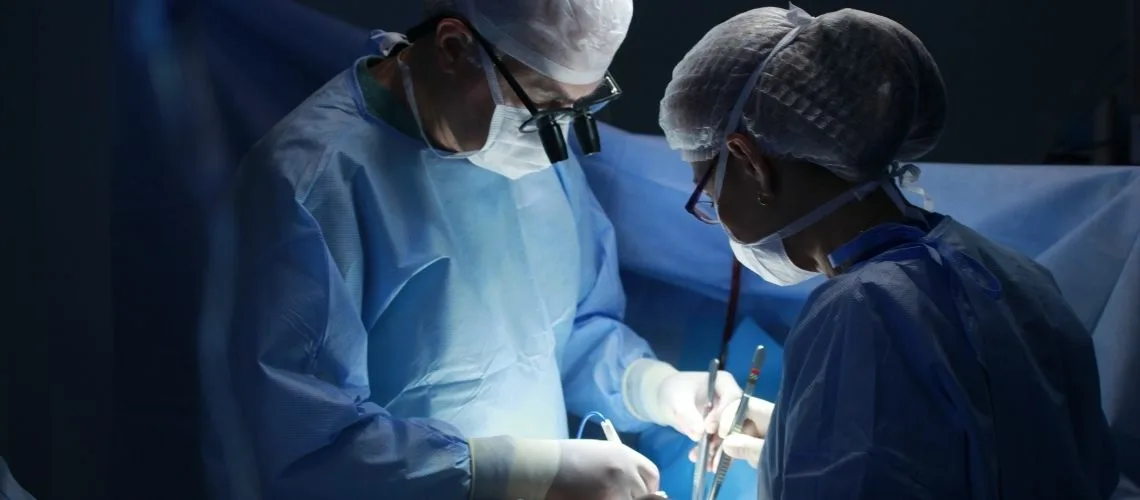Hormones, oils, and nutrients can influence breast size by stimulating tissue development and fat storage. Estrogen, progesterone, and prolactin are the main hormones associated with natural breast growth.
Natural oils that support breast tissue health include olive oil, fenugreek oil, and almond oil. While they may improve skin elasticity, their effect on increasing breast size is limited and largely cosmetic.
Nutrients such as protein, healthy fats, and vitamins are essential for maintaining hormonal balance. Foods like soy products, flaxseeds, and nuts may contribute to mild breast tissue development due to phytoestrogen content.
Medical perspective on breast enlargement highlights that hormonal therapies or surgical interventions are more effective. Natural methods may provide supportive benefits but should not replace professional medical solutions.
Which Hormones Are Responsible for Breast Growth?
The breast-growth process is like a stage show in which different hormones step forward and complement each other once the spotlight shines. The leading roles are usually played by the hormones “estrogen,” “progesterone,” and “prolactin.”
Production and release of these hormones are regulated by several mechanisms, chiefly the pituitary gland. Whenever any one of these hormones rises or falls sharply, changes may be observed in breast tissue. Hormonal fluctuations occur in nearly every life phase—puberty, pregnancy, breastfeeding, or menopause. Sometimes these shifts create temporary swelling or enlargement; in the long term they can cause lasting changes.
How Do Estrogen Levels Affect Breast Size?
Estrogen’s importance to the female body is much like water that feeds a flower so it can blossom. This hormone sends the breast tissue the message “you may grow,” triggering cell proliferation. Puberty offers the most obvious example: once the ovaries become active and estrogen levels rise, the breast tissue senses this hormone and enlarges accordingly.
- Effect During Puberty
When breasts first become noticeable in girls, estrogen has taken the stage. The ovaries begin actively producing estrogen, which accelerates development of milk ducts in the breast and increases fat deposition. This process usually starts between ages eight and thirteen and continues for several years.
- Fluctuations Throughout the Menstrual Cycle
During the cycle, the body releases different hormones in certain ratios. Estrogen rises in the first half, followed by an increase in progesterone in the second half. After ovulation, many feel slight breast swelling—a result of these hormonal shifts. Some may perceive this as growth, but it is mostly water retention and mild tissue edema.
- Changes During Pregnancy
Pregnancy sends estrogen and progesterone levels soaring. As the body prepares for childbirth and lactation, the breasts enter a major growth phase. Blood supply expands, milk ducts and lobules develop, and the breasts visibly gain volume.
- Post-Menopause
With menopause the ovaries produce far less estrogen, often leading to slight deflation and reduced fullness. Yet estrogen stored in body fat helps partly preserve breast volume.
- Effect of Excess Estrogen
Too much estrogen can be problematic, causing abnormal enlargement or increased tenderness. Long-term over-exposure is linked to a higher risk of breast cancer, so “more estrogen means bigger breasts” is not always healthy.
Can Progesterone and Prolactin Increase Breast Growth?
Focusing only on estrogen in the topic of breast enlargement is like judging a cake solely by its flour. Progesterone and prolactin also play key roles.
- The Role of Progesterone
Progesterone is like a river that prepares its banks for new life; it readies body tissues for pregnancy. It helps develop the lobules and alveoli (milk-producing parts) in breast tissue. In the luteal phase (the cycle’s second half), progesterone can cause mild fullness and sensitivity—an inflammation-like process in the tissue. Progesterone transforms the estrogen-built ducts into structures fit for milk production.
Healthy levels support functional development, but excessive progesterone can disrupt hormonal balance and pose risks.
- The Role of Prolactin
Prolactin is directly tied to milk production and helps keep breast cells healthy. High prolactin levels prompt cell multiplication and readiness for lactation. It is the main hormone behind the marked breast enlargement during pregnancy and nursing. Outside these periods, prolactin excess can still enlarge the breasts, cause tenderness, or even lead to milky discharge (“galactorrhea”). Persistent high prolactin may signal pituitary disorders.
What Role Do Healthy Fats Play in Breast Growth?
Breasts are composed of mammary tissue (glands and ducts) plus fat tissue. Fat forms a key layer that shapes and adds volume. Thus overall fat distribution and quality can influence breast size.
- A Substrate for Hormone Production
Healthy fats provide building blocks the body needs for hormone synthesis. Omega-3 polyunsaturated fatty acids, for instance, play an indirect role in hormone production. Keeping hormones balanced is vital for healthy breast development.
- Fat’s Contribution to Volume
Much of breast volume comes from fat that not only stores calories but also hosts receptors for hormones like estrogen and gives breasts their softness. Genetics dictate whether the body stores more fat in hips, thighs, or the chest, explaining why two people with identical diets may have different breast sizes.
- Which Fats Are Beneficial?
Monounsaturated and polyunsaturated fats (olive oil, avocado, raw nuts, seeds) support hormone balance and cardiovascular health, supplying nutrients without excessive weight gain. Some studies suggest balanced intake can foster a “healthier” breast composition.
- Relationship With Excess Weight and Obesity
Body weight and fat distribution certainly influence how large breasts appear. Yet obesity-related enlargement is not always healthy: it can bring hormonal imbalances, especially insulin resistance and estrogen disruption, negatively affecting breast health in the long run.
Which Estrogen-Containing Foods Might Help Enlarge Breasts Naturally?
Nature offers “phytoestrogens”—plant compounds able to mimic estrogen in the body. Foods rich in phytoestrogens attract anyone hoping to enlarge breasts naturally, though their effects vary and they are not a medically proven formula.
- Flaxseed
Rich in lignans (a phytoestrogen group), flaxseed may provide a mild estrogen-like influence. Added to yogurt, salads, or smoothies, flaxseed can offer small hormonal balance contributions in some individuals—like the conductor’s fine-tuning baton in an orchestra.
- Soy and Soy Products
Soy is a source of isoflavones, a phytoestrogen class. Tofu, soy milk, and edamame abound in these compounds. Research shows soy supports breast health in post-menopausal women, yet soy is not a “magic wand” for breast enlargement.
- Sesame and Sunflower Seeds
These seeds contain phytoestrogens and healthy fats. Sprinkled on meals or eaten as snacks, they supply nutrients but offer limited influence on breast growth compared with factors like genetics and overall diet.
- Dried Fruits
Dates, prunes, and figs contain lignans and coumestans (phytoestrogen-like substances) and are rich in fiber, vitamins, and minerals. They can satisfy sweet cravings in moderation.
- Legumes and Whole Grains
Chickpeas, beans, lentils, barley, and oats supply phytoestrogenic compounds plus protein, fiber, and vitamins—supporting general health.
How Do Soy Products Contribute to Breast Enlargement?
Soy’s isoflavones can bind estrogen receptors, exerting weak estrogenic effects that might influence breast tissue. Results differ by genetics and baseline hormone levels.
- Effect on Breast Tissue
Some studies suggest soy intake may slightly reduce breast density or alter tissue composition—perhaps increasing fat while changing quality, showing that “qualitative” and “quantitative” changes do not always align.
- Soy Consumption at Early Ages
Research indicates that consuming soy from adolescence may lead to more mature lobular structures later, possibly protecting against certain cancers—though correlation with breast size remains unclear.
- Dangers of Excess Soy
Overconsumption may disrupt hormones, complicate thyroid function, or cause unwanted side effects due to high phytoestrogen intake.
- Soy and Overall Health
Soy offers high-quality plant protein and nutrients, especially for vegetarians or vegans, and can help lower cholesterol. While it does not dramatically enlarge breasts, soy may induce some beneficial hormonal adjustments, depending on genetics, diet, and health status.
Are Nuts and Seeds Effective for Breast Enlargement?
Nuts and seeds are small yet mighty nutritional heroes, packed with fatty acids, protein, vitamins, minerals, and some phytoestrogens.
- Phytoestrogen Content
Flax, sesame, sunflower, and pumpkin seeds, plus some nuts, contain minor phytoestrogen amounts. Without frequent and large consumption, the effect is too weak to be a strong breast-growth factor.
- Healthy Fatty Acids
Walnuts, almonds, and hazelnuts provide unsaturated fats that aid hormone balance and heart health. Because hormones shape breast tissue, these fats indirectly support development—improving overall health rather than causing direct enlargement.
- Protein and Nutrients
Nuts and seeds deliver protein, fiber, vitamin E, magnesium, zinc, and more. Vitamin E can boost skin elasticity, and protein assists cell renewal and tissue repair.
- Overconsumption and Balance
High in calories, nuts and seeds can cause weight gain when overeaten. Extra calories can deposit in various regions depending on genetics; uncontrolled high-calorie intake may bring broader health problems.
Nuts and seeds support hormonal balance and tissue health more than they provide “miracle” enlargement. Consuming them in moderation enhances well-being and breast health, but expecting dramatic changes from them alone is unrealistic.
Can Birth-Control Pills Temporarily Enlarge Breasts Through Hormones?
Birth-control pills usually contain synthetic estrogen and progestin, both of which can cause fluid retention and temporary breast swelling.
- What Effect Do They Have?
The pills send signals mimicking a pregnancy state, making breasts feel tender and fuller—usually due to edema. This effect often recedes once menstruation approaches or pills are stopped.
- Temporary or Permanent?
Some users notice mild, long-term fullness, but it is mainly water retention and lipid redistribution rather than permanent tissue expansion. Over time the body adapts and the sensation stabilizes.
- Other Factors
Hormonal contraceptives can sometimes increase appetite, causing weight gain that may also enlarge the breasts, though this reflects overall fat gain rather than a direct pill effect.
- Long-Term Side Effects
Long-term use may modify breast-health risk profiles. Hormonal shifts can influence cancer risks in certain individuals, so mindful use and regular medical checks are vital.
How Do Processed Foods and Unhealthy Fats Affect Breast Size?
While hormones strongly influence breast size, diet can also have a significant impact. Processed foods and unhealthy fats promote weight gain and overall fat deposition, sometimes enlarging the breasts. Yet such growth is not necessarily healthy.
As BMI increases, fat in the breasts increases too, making them look larger but also raising risk of cardiovascular disease, diabetes, and hormonal imbalances. Unhealthy enlargement can produce back and shoulder pain.
Processed foods commonly contain trans fats, excess salt, and sugar, disturbing fat distribution and hormones; additives may trigger metabolic problems. Hormonal imbalance can undesirably swell the breasts or change tissue structure.
Fast food and high-fructose items disrupt hormones like leptin, insulin, and estrogen, raising risks of metabolic syndrome, PCOS, and certain cancers. Breast tissue is sensitive to estrogen fluctuations; insulin resistance can alter estrogen metabolism, inviting unwanted growth or tissue changes.
Those who eat unprocessed, natural foods often maintain more stable hormones. Their breast size reflects genetics or balanced fat distribution more healthily. Regular exercise strengthens pectoral muscles, supporting breast shape.
In summary, processed foods and unhealthy fats might enlarge breasts via weight gain in the short term, but they are not desirable. They upset hormones and metabolism, courting bigger long-term problems.

Op. Dr. Erman Ak who is one of the best cosmetic and plastic surgeon in Turkey, completed his specialization at Istanbul University Çapa Medical Faculty. He received advanced microsurgery training in Taiwan and, as an ISAPS fellow in Italy, training in facial and breast aesthetics. Dr. Ak holds the European Union Aesthetic Plastic Surgery qualification certificate from EBOPRAS and contributed to the establishment of the Plastic Surgery Department at Başakşehir Çam and Sakura Hospital. He currently accepts patients from Turkey and various other countries at his clinic in Nişantaşı.

